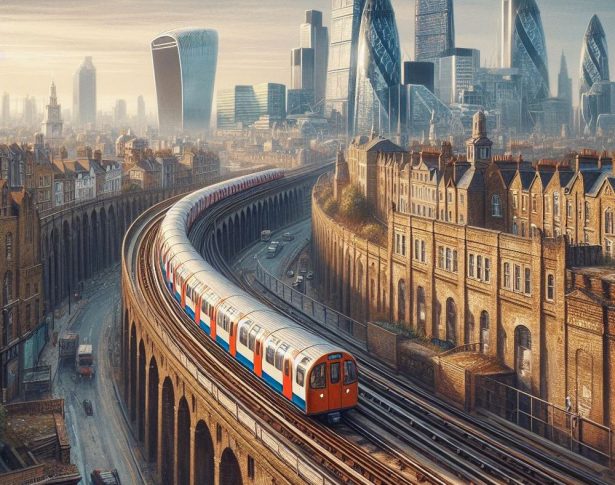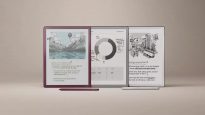The London Underground is already using artificial intelligence to fight crime
02.03.24
London Underground is rolling out new surveillance tools using artificial intelligence to detect crime in real time. During a trial at a Transport for London station, the computer vision system identified potential threats: weapons, behavior that could indicate criminal intent, and passengers who do not pay their fares.
From October 2022 to the end of September 2023, Transport for London tested 11 algorithms for monitoring passengers at Willesden Green tube station. This was the first test where artificial intelligence and live video were combined to create a system that sends messages to staff about possible danger.
The system detected more than 44,000 potentially dangerous situations, of which more than 19,000 required real-time intervention by plant personnel. According to representatives of Transport for London, the introduction of such a system will allow a faster response to threats and provide greater safety for passengers and staff.
However, despite the successes, the system also faces challenges such as detection accuracy and data processing. It is necessary to constantly improve algorithms to avoid mistakes and make the most of this technology in the fight against crime.
Don't miss interesting news
Subscribe to our channels and read announcements of high-tech news, tes
Oppo A6 Pro smartphone review: ambitious

Creating new mid-range smartphones is no easy task. Manufacturers have to balance performance, camera capabilities, displays, and the overall cost impact of each component. How the new Oppo A6 Pro balances these factors is discussed in our review.
Best Bluetooth speakers 2025. Top models in different segments

A speaker has long ceased to be just an accessory for a smartphone. It has become a tool for creating an atmosphere – from a small meeting to a large-scale party.
The Doogee V Max LR rugged smartphone is equipped with a 20,500 mAh battery protection smartphone
The Doogee V Max LR smartphone is equipped with a 6.58-inch IPS display with a refresh rate of 120 Hz. It is powered by a MediaTek Dimensity 7300 processor.
Amazon announces new Kindle Scribe e-books and first color Kindle Scribe Colorsoft E Ink ebook Kindle
Kindle Scribe Colorsoft – attracts attention with a color display based on new technology that allows you to display soft tones without the fatigue characteristic of LCD


